Experimental Vehicles Program
The Ultimate Hands On Experience
Class room discussion goes only so far in exposing MTSU students to the challenges
that they will face in the real world. Student projects at MTSU provide students with
a forgiving environment in which to test the skills and knowledge they acquire during
their time at MTSU.
Student projects not only enhance classroom learning but also teach students things
they ordinarily wouldn't learn in a class, like organizational, leadership, and communication
skills. Perhaps most importantly, the projects give students a taste of the engineering
team environment, and help foster effective working relationships.
Because of the competitive nature of each the events MTSU engineering students participate
in, students must use cutting edge technology and design methods in order to field
the very best entry possible. Often these projects serve as rolling test beds for
the latest innovations in various technical fields, and are accompanied by a great
deal of student research.
Experimental Vehicles Projects (EVP):
Society Of Automotive Engineers (SAE)
American Society Of Mechanical Engineers (ASME)
Project - Baja (SAE)
The Blue Raider Baja team made a very strong showing in the last week of June in Dayton, Ohio, the site of this year's SAE Midwest Mini Baja Competition. The Blue Raider Baja team finished second in the rookie of the year vote and in the top 50% overall out of 145 teams. MTSU was among the <50% of teams that were able to finish the four hour race. Design judging is broken down into eight categories, five of which MTSU finished in the top 50, including a top 10 finish in serviceability, a top 15 finish in power train design, and a top 30 finish in feasibility of mass production.
The SAE Baja consists of three regional competitions that simulate real-world engineering design projects and their related challenges. Students are tasked to design and build an off-road vehicle that will survive the severe punishment of rough terrain.
The object of the competition is to provide SAE student members with a challenging project that involves the planning and manufacturing tasks found when introducing a new product to the consumer industrial market. Teams compete against one another to have their design accepted for manufacture by a fictitious firm. Students must function as a team to not only design, build, test, promote, and race a vehicle within the limits of the rules, but also to generate financial support for their project and manage their educational priorities.
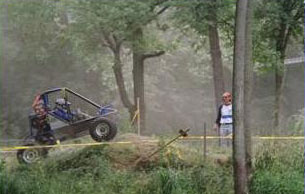
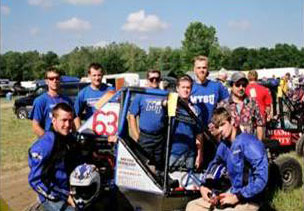
The SAE Baja competition is one of the most popular engineering design competitions in North America. With more than 400 universities competing world wide many of which have been doing so for more than 20 years. The student members of the Baja team are committed to laying the ground work for future MTSU engineering technology students, and hope to help establish the Department of Engineering Technology at Middle Tennessee State University as a premier competitor in engineering design competitions in North America. For more information on this project contact Dr. Saeed Foroudastan.
This event is sponsored by a generous donation from Jeff Lane, owner of Lane Motor Museum in Nashville, TN. Click here for more information on Lane Motor Museum .
Project - Lunar Rover (ASME)
The NASA Human Exploration Rover Challenge is a NASA-sponsored event held annually at the U.S. Space and Rocket Center in Huntsville, Alabama. College teams from across the nation test their engineering skills by designing, building and racing their versions of the moon buggy on the same track used to qualify the actual lunar rover.
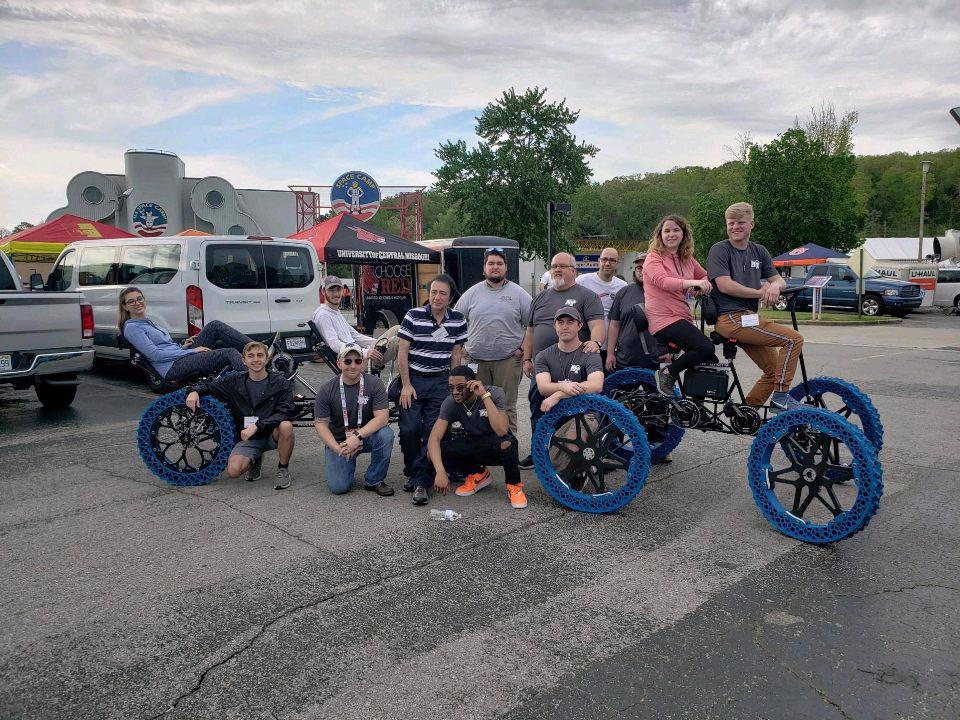
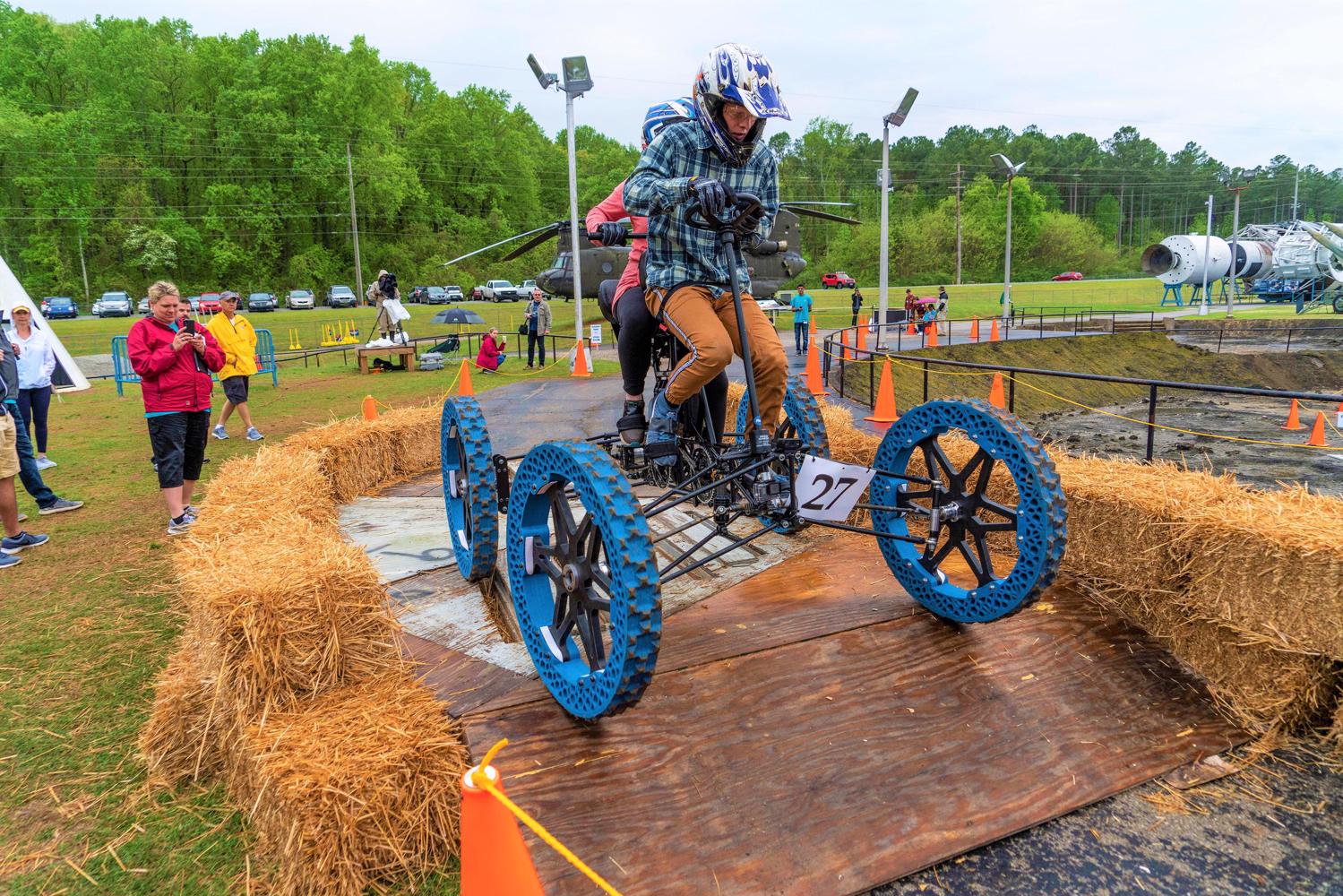
The Lunar Rover project presents a unique design challenge. Each vehicle is required to collapse into a 5' cube (for transportation to space), must be human powered, and able to be carried by two people, one male and one female. In addition, the vehicle must be able to handle inclines of up to 30 degrees both forwards and sideways.
The lunar rover team shows extreme perseverance, working late into the night and weekends before
the event in order to complete their rover.
2013: 1st place standing in the US and 3rd place standing internationally.
2014: 2nd place standing in the US and 5th place standing internationally.
2015: 1st place standing in the US and 3rd place standing internationally.
2017: Drive Train Technology Challenge Award, Safety System Award, 6th place standing in the US amd 9th place standing internationally.
2018: Technology Challenge Award, AIAA Telemetry/Electronics Award, System Safety Challenge Award
2019: 15th place overall.
2020: 15th place overall, AIAA Neil Armstrong Best Design Award
For more information on this project contact Dr. Saeed Foroudastan.
Project - Solar Boat (ASME)
The annual American Society of Mechanical Engineers (ASME) Solar Splash is the World Championship of solar-electric boating. The event itself takes place over 5 days, the first day being spent entirely on a thorough technical inspection of each craft. The remaining four days are occupied with on-water competitions, including sprint, maneuverability, endurance and speed competitions.
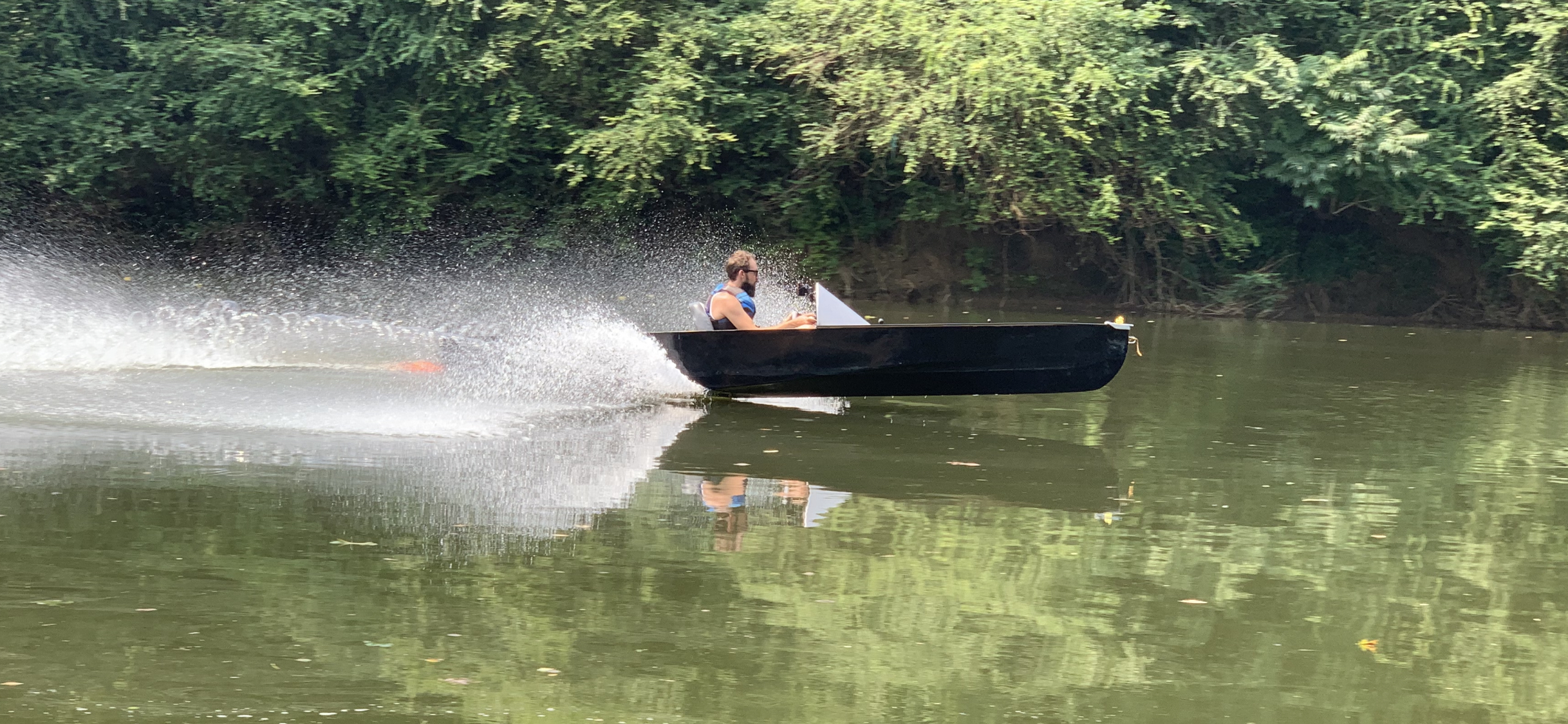
Each craft is powered completely by batteries and a solar array. This power combination on a watercraft creates its own interesting set of challenges. Not only must the craft be very efficient hydro-dynamically, but it must use its power extremely effectively.
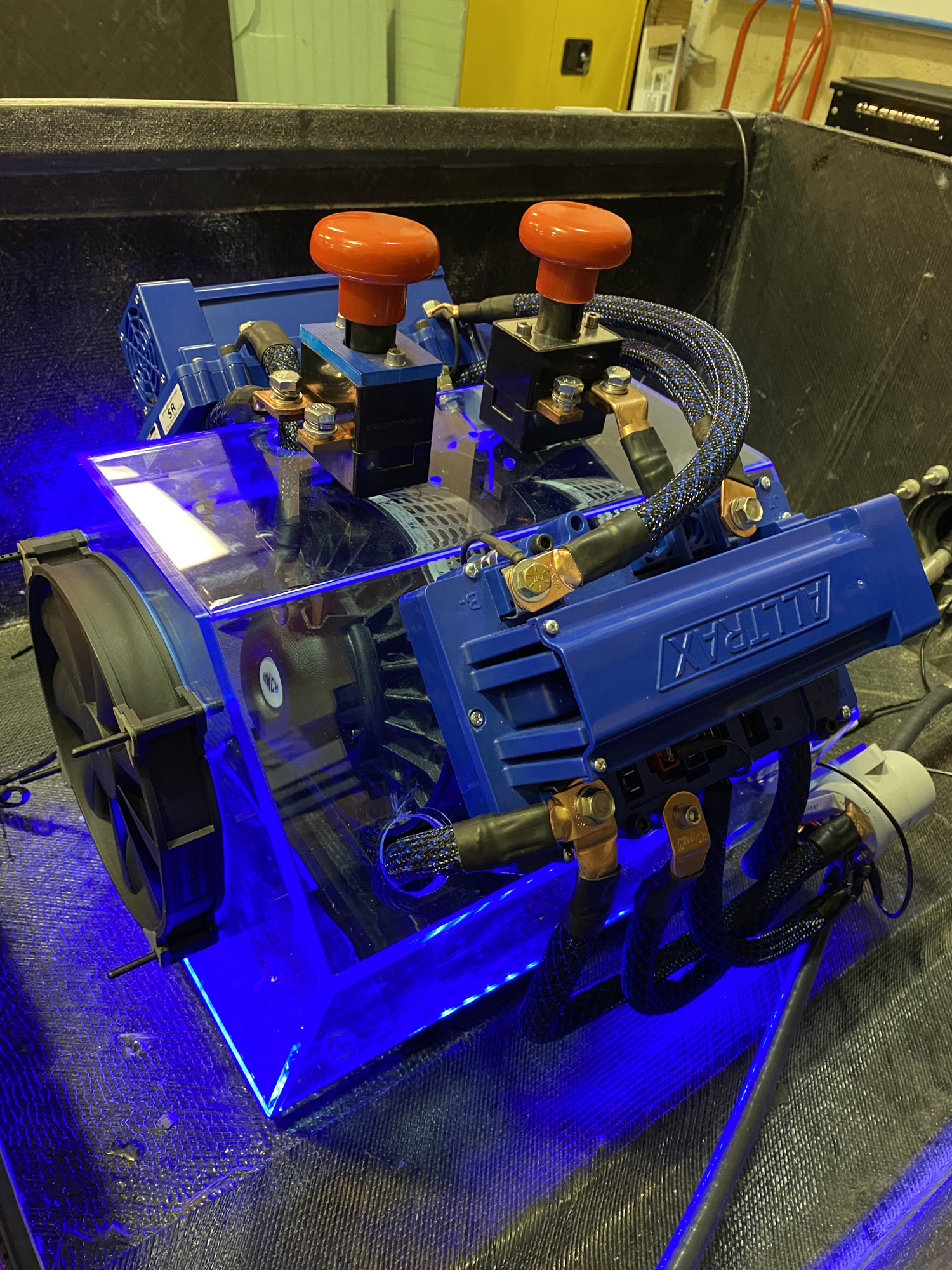
The MTSU concept includes a hull made of space age composites and streamlined to minimize
hydrodynamic drag, an extremely efficient power-line, and an advanced power management
and monitoring system similar to that being implemented on the solar vehicle.
Because of the open nature of the rules, the MTSU team has developed many interesting
concepts, including the catamaran configuration (shown above) and even a hydrofoil
version. This years Solar Boat project will be the first of its type ever attempted
at MTSU. The team has high expectations for their design, and is determined to make
an impression when they compete next year. For more information on this project contact
Dr. Saeed Foroudastan.
2013: 2nd place sprint, design achievement, and outstanding workmanship awards.
2014: 1st place qualifier, outstanding electrical system, outstanding drivetrain design, and outstanding workmanship awards.
2015: 2nd place overall, 2nd place sprint, 2nd place qualifier, 1st place solar slalom, 4th place best technical report, 3rd place technical display, design achievement, outstanding workmanship, and sportsmanship awards.
2016: 2nd place overall, 1st place qualifying event, 2nd place sprint, 1st place outstanding workmanship award, 3rd place visual display award.
2017: 8th place overall, 3rd place sprint event, 1st place outstanding electrical system design, 1st place outstanding workmanship.
2018: 8th place overall.
2019: 6th place overall, 1st place outstanding drive train. 1st place outstanding workmanship
2020: Competition Not Held.
2021: Did not compete due to Covid Restrictions.





